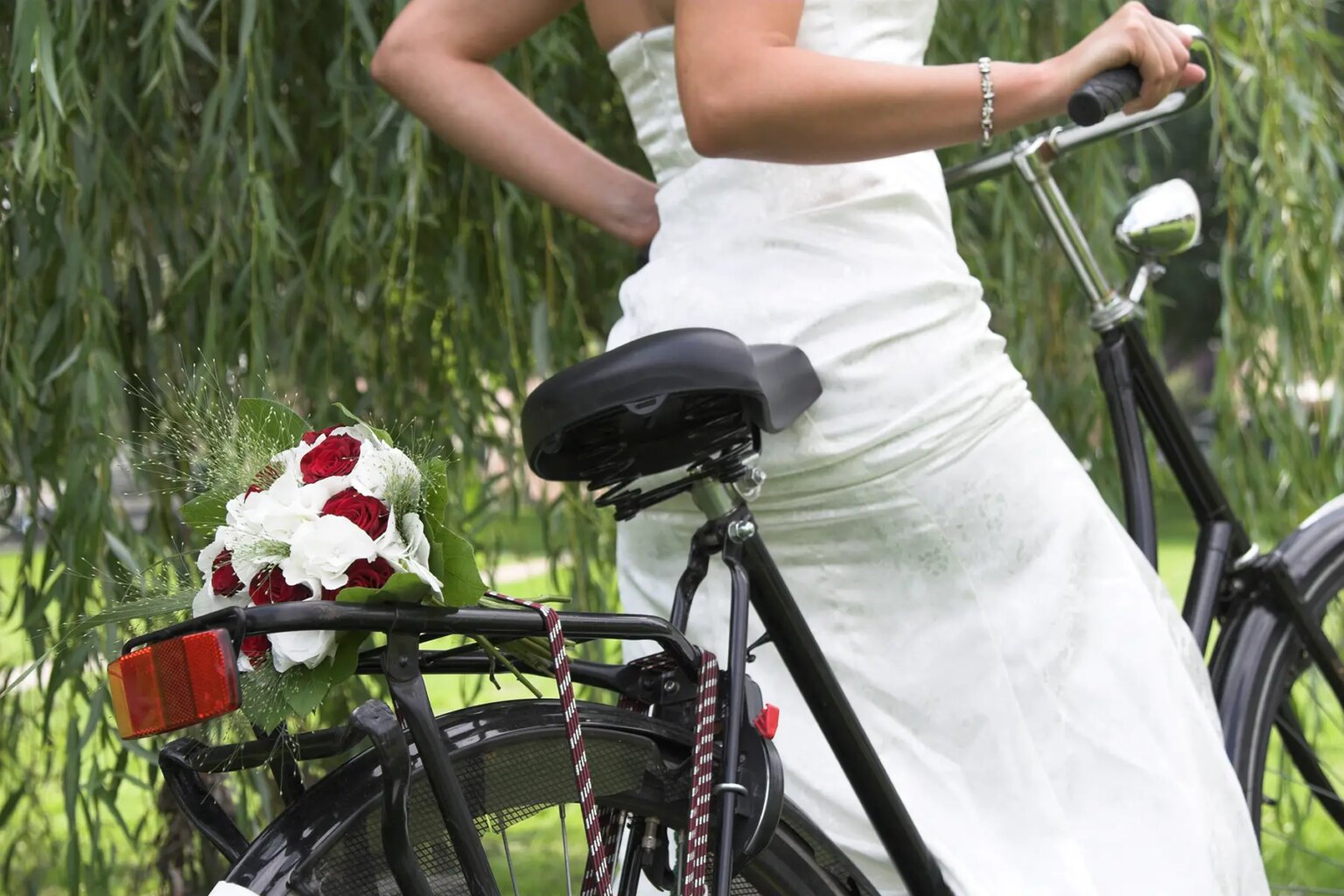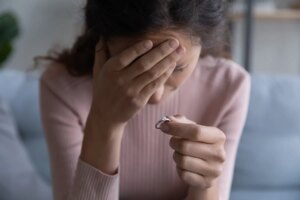A wedding in the Netherlands opens up the opportunity to bring two cultures together. There are plenty of ways to incorporate Dutch customs—but most of them may be just too traditional for unique couples. The Expat Wedding Planner offers advice on weaving Dutch traditions into an international wedding in subtle yet superb ways.
1. Set up a Dutch wishing tree
While it is a very common Dutch wedding tradition, the Dutch wishing tree is easily one of most adaptable. Instead of a guestbook, a wish tree—comprising a collection of branches, ribbon, and leaves upon which to write—guests share their wishes in a visual way. The wishes are Dutch wedding gifts.
The wish tree itself can complement any wedding theme. A rustic, romantic wedding can use a collection of real twisting, curving branches lit with twinkling lights. A modern wedding can use metal and crystal to evoke a more fashionable feel. After the wedding, the happy couple can display the leaves or even the wish tree itself for years to come.
As an alternative to a guestbook, some couples follow the Dutch wedding box tradition. This involves the bride and groom writing each other a letter expressing how they feel plus their dreams for the future. These are then put in a wooden box with a bottle of wine. It is officially sealed during the Dutch wedding ceremony and can be opened if the relationship is ever struggling. The Dutch wooden box tradition reminds the couple of why they fell in love.
2. Serve herring at the reception
For some cultures, the food is one of the most important aspect of a wedding reception. It’s often what many guests will be talking about after the event! Whether you have a seated dinner or a buffet, the food is one of the best places to introduce Dutch food and its traditions to international guests.

Served as a snack during the reception, traditional Dutch herring is a great way to introduce a staple of Dutch cuisine, but it can act as a conversation starter. Dutch guests can teach international guests the right way to eat herring (with or without raw onions, held by the tail above your mouth). Get your guests to bond over each culture’s traditional foods.
3. Include a Dutch wine at dinner
Laughing, talking, and sharing a drink can bring people together. When choosing which beverages to serve at the reception, be sure to include a Dutch wine on the menu. To make it even more special, select a wine from a particular region in the Netherlands where the Dutch half of the couple comes from.
Alternatively, for a true Dutch wedding toast, serve up some Dutch jenever. Jenever is the traditional juniper-flavored, gin-like liquor of the Netherlands.
4. Put on a little show
Some guests at an international wedding may give speeches. An even livelier way to pay tribute to the Dutch bride and groom is by putting on a performance. These performances—stukjes in Dutch—are not actually organized by the bride and groom, but the couple can certainly let close family members and friends know that these performances are welcome.
One of the most common performance ideas is the ABC-tje, in which a word beginning with each letter of the alphabet is chosen to describe the newlyweds. It’s often hard to keep the audience’s attention for so long, though. Despite wearing their Dutch wedding attire, guests can be as creative as they want, putting on prop-accompanied skits, playing pre-recorded films, or even singing an original song.
5. Have your own parade
Once upon a time, Dutch tradition called for the groom to fetch the bride at home on the day of the wedding with the bridal bouquet in tow. The couple ventured off together with an entourage in a specific order called the bruidstoet: first, the bride and groom, joined by the flower girls; second, the parents of both the bride and groom; third, the witnesses; and finally, the rest of the guests.
These days, it is common for everyone to arrive at the wedding venue ahead of the bride. An international wedding—especially one with few guests—can bring the bruidstoet back into fashion.
After the celebration of your new international marriage, you and your partner can now enjoy time as newlyweds; the Dutch have a tradition for this, too! The wittebroodsweken, which translates to ‘white bread weeks’ (a nod to a time when white bread was seen as a luxury), is a period of six weeks after the wedding during which the couple is not to be disturbed. Enjoy your white bread weeks after the celebration; it’s the perfect way to relax after a whirlwind international wedding.
Some couples may also follow the trend of freezing the top layer of their Dutch wedding cake. Although edibility can vary, the Dutch wedding cake is typically eaten to celebrate a special occasion, such as the first anniversary or the first-born child’s christening.







